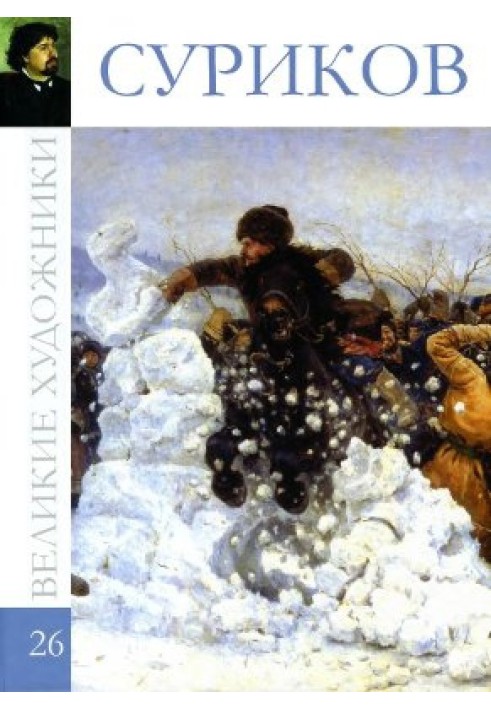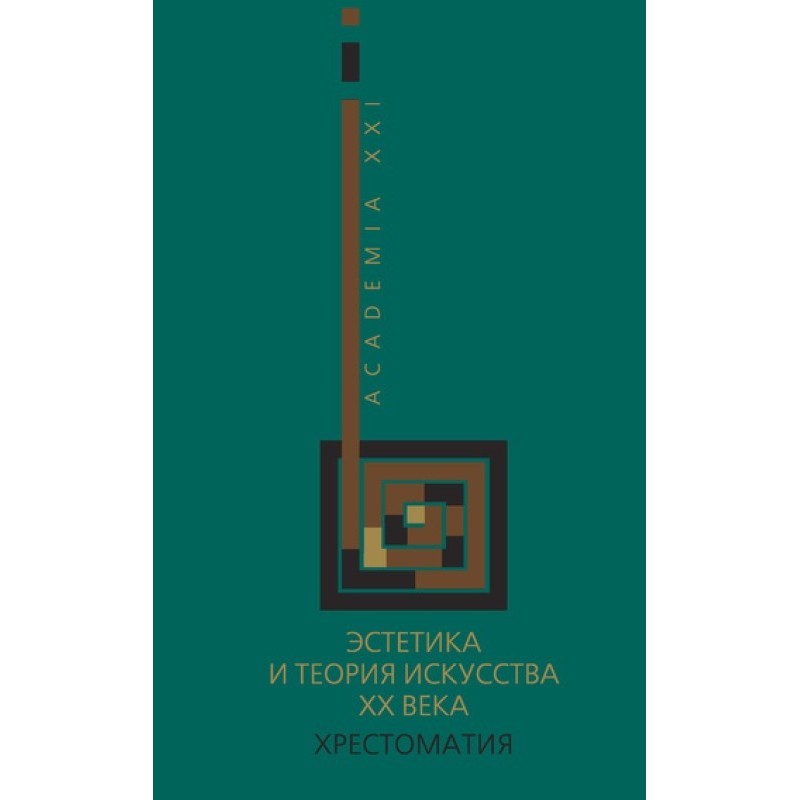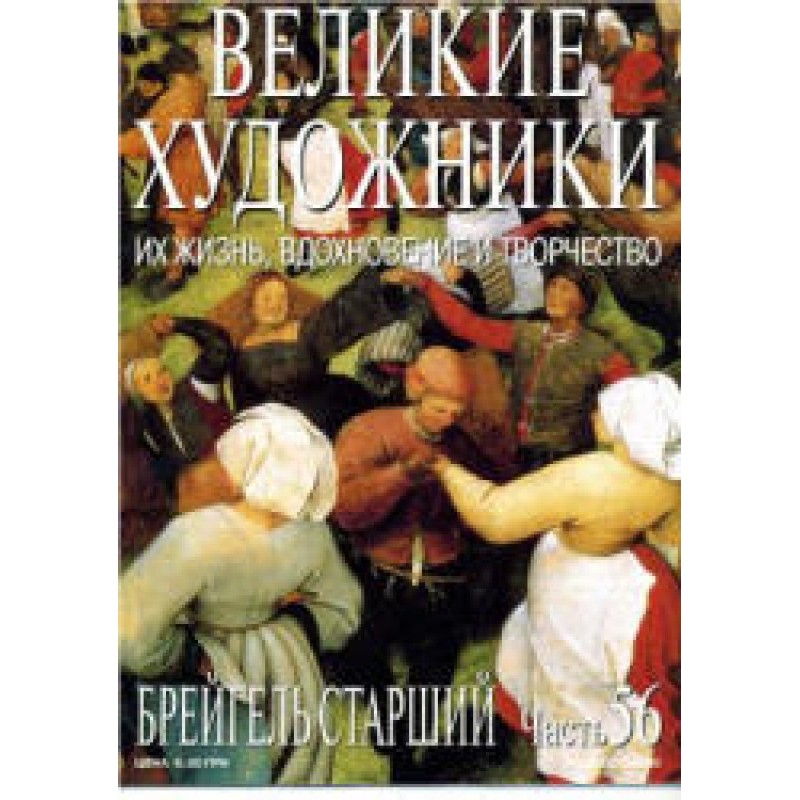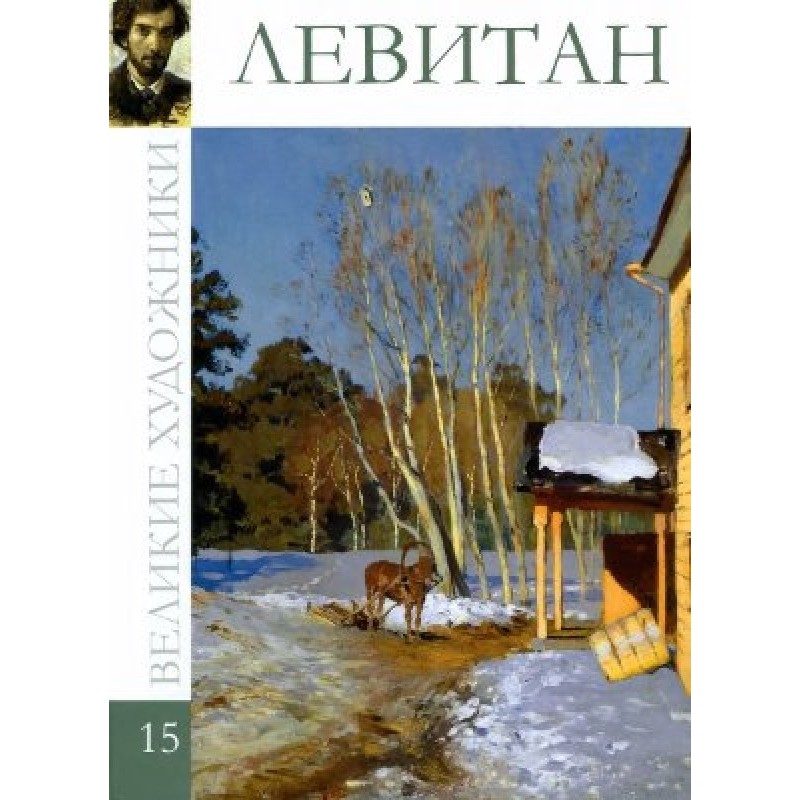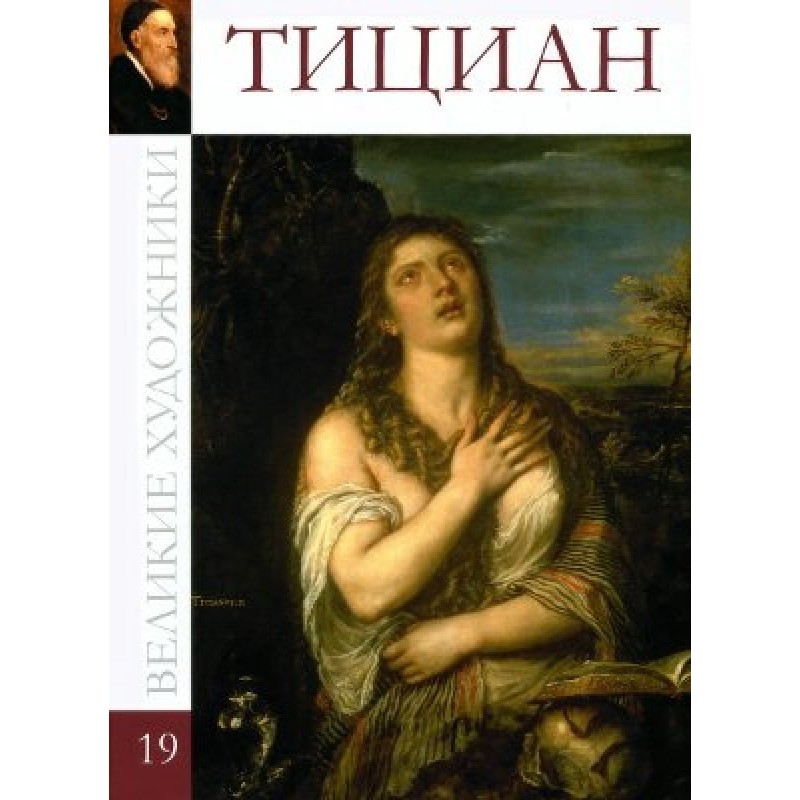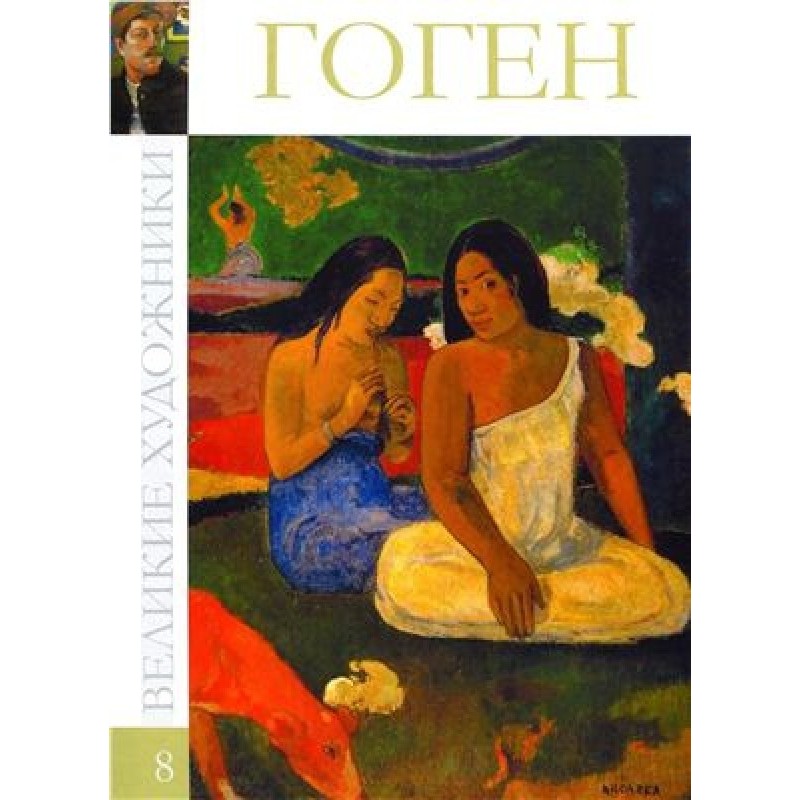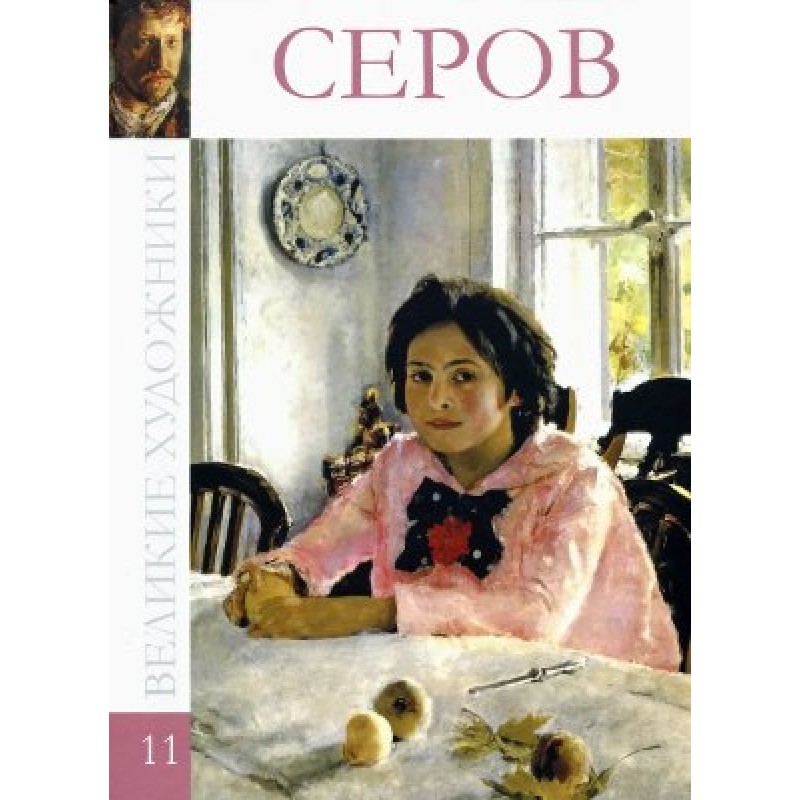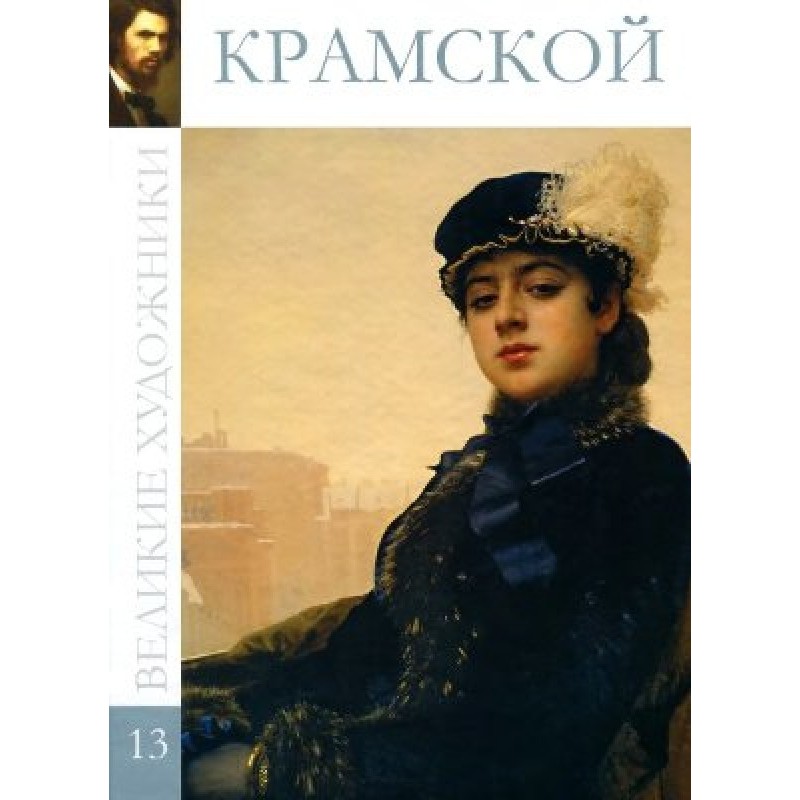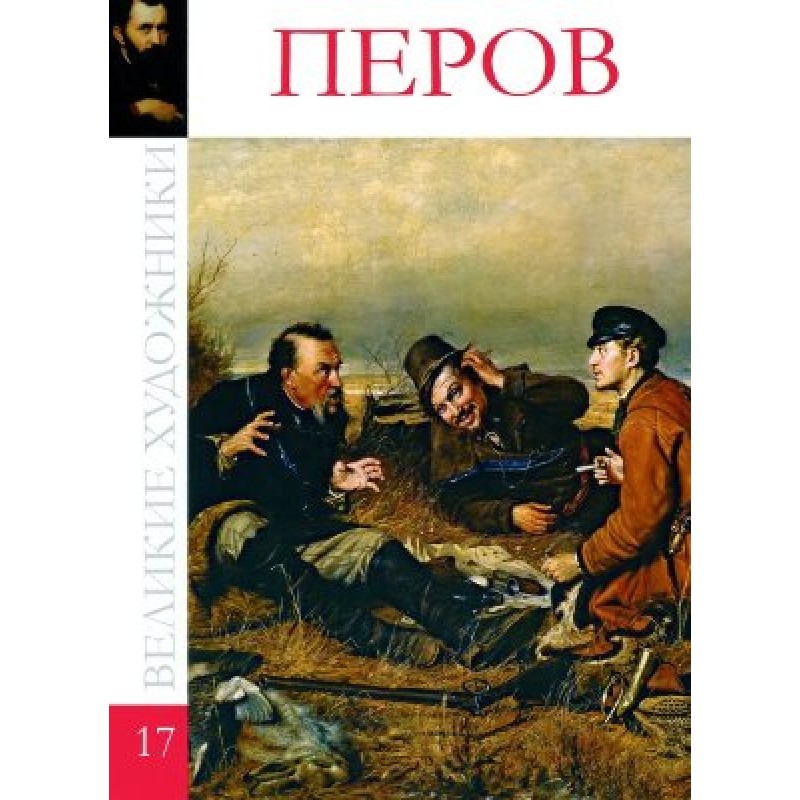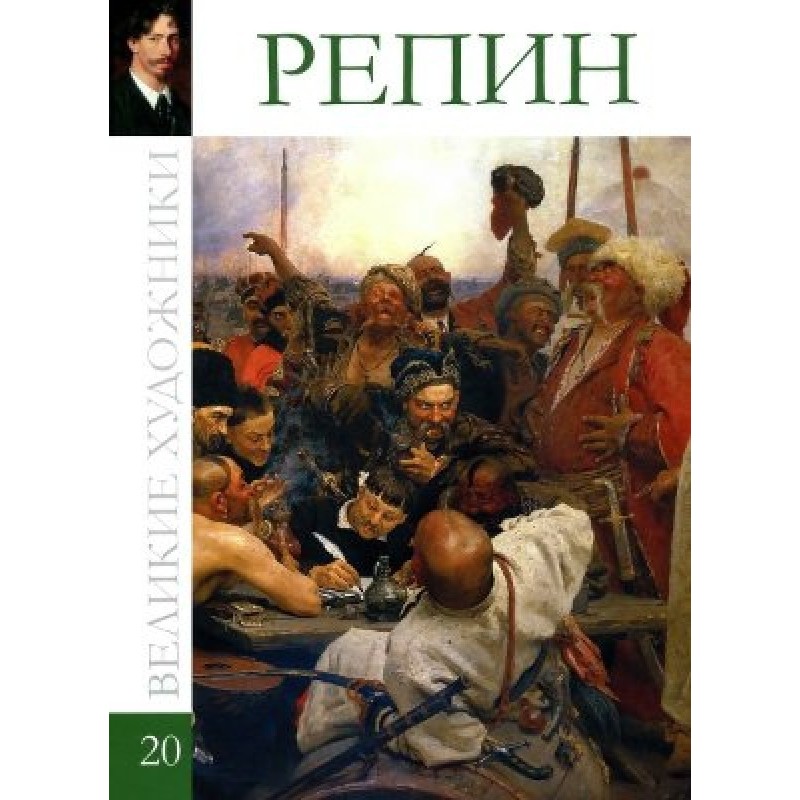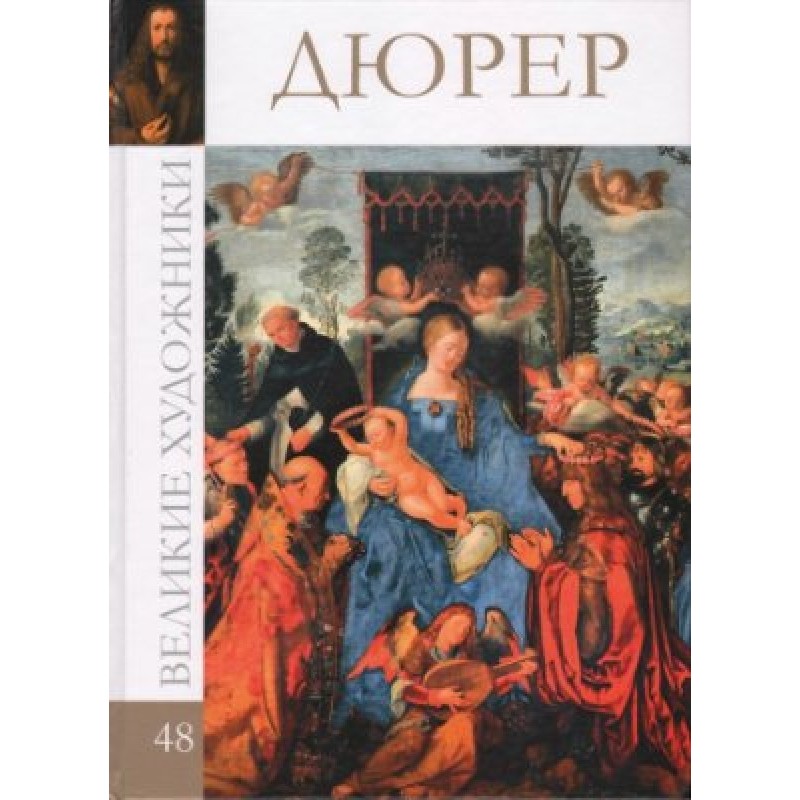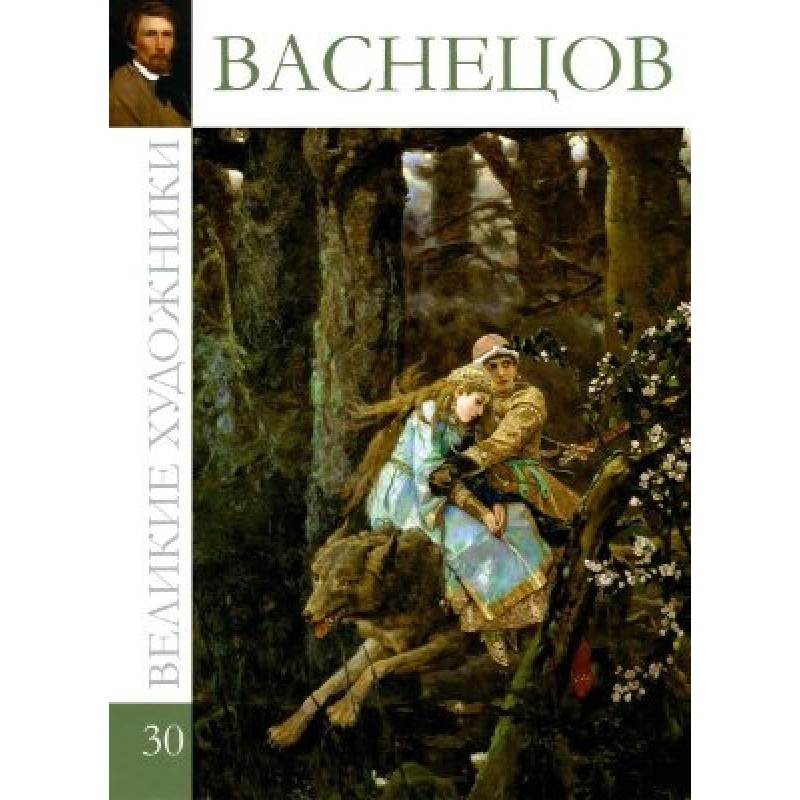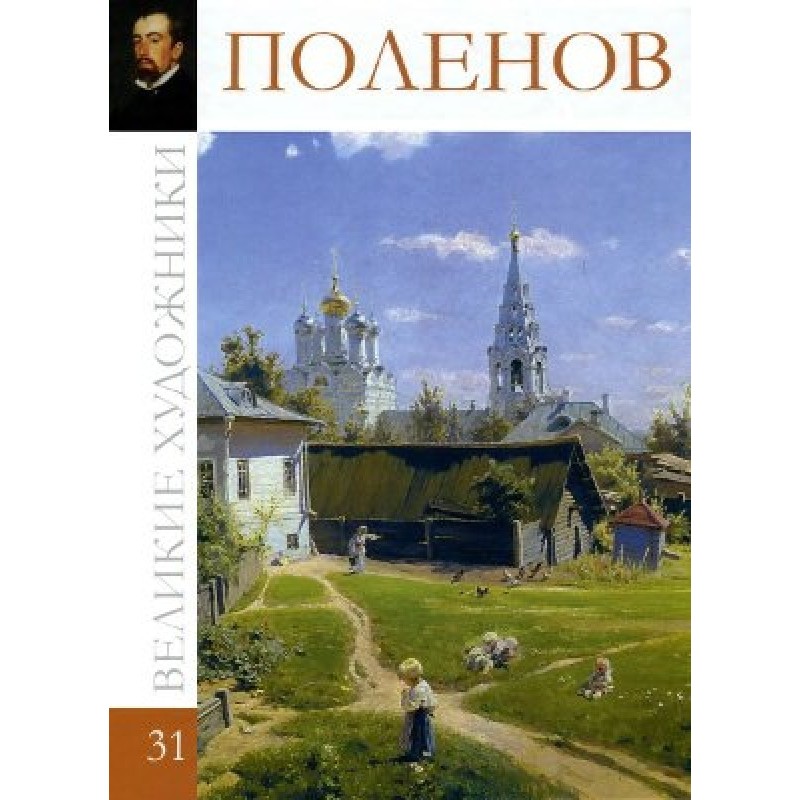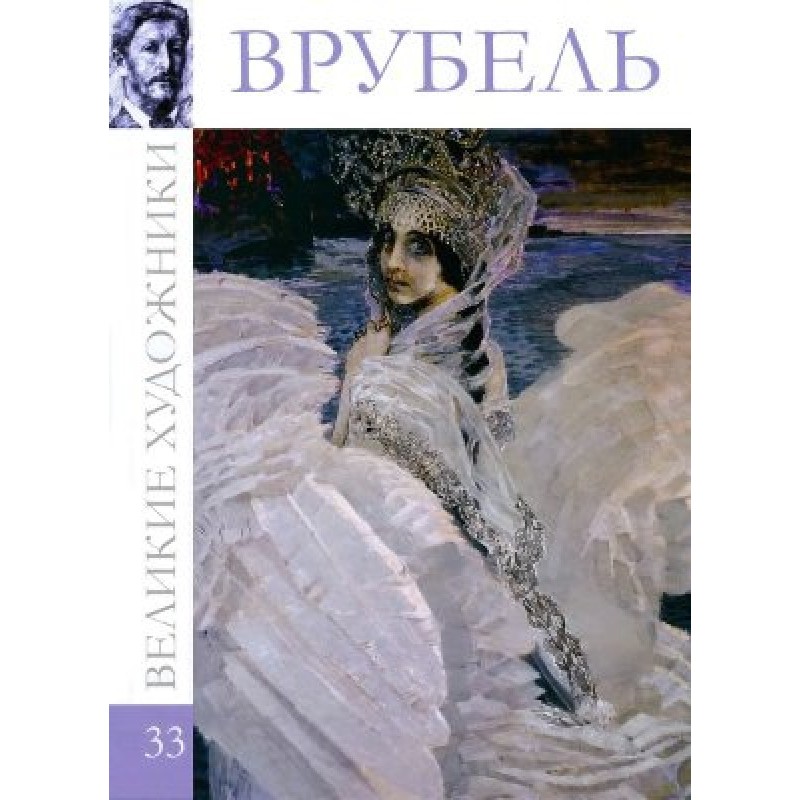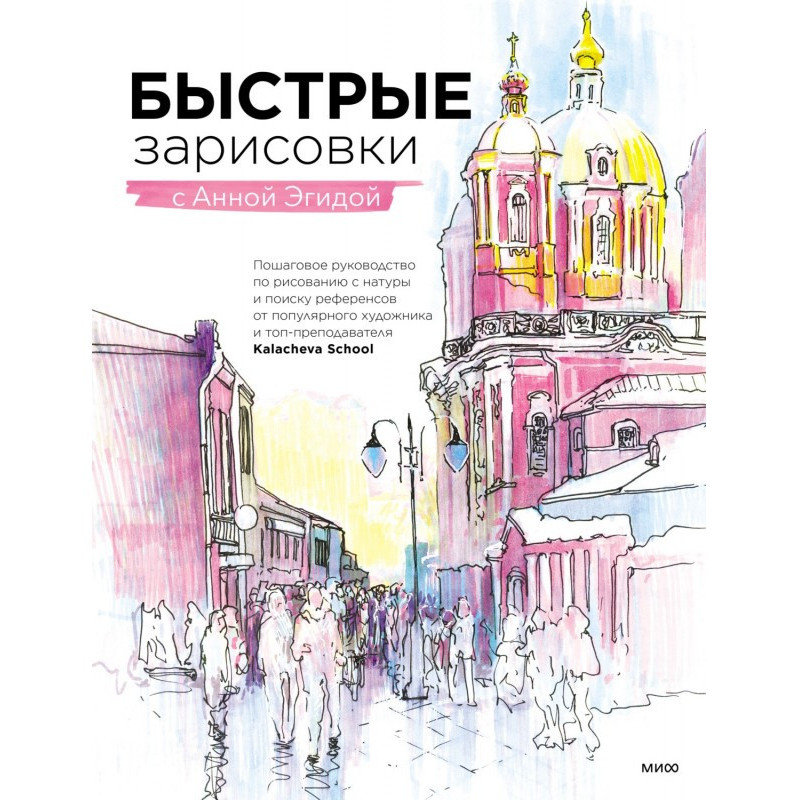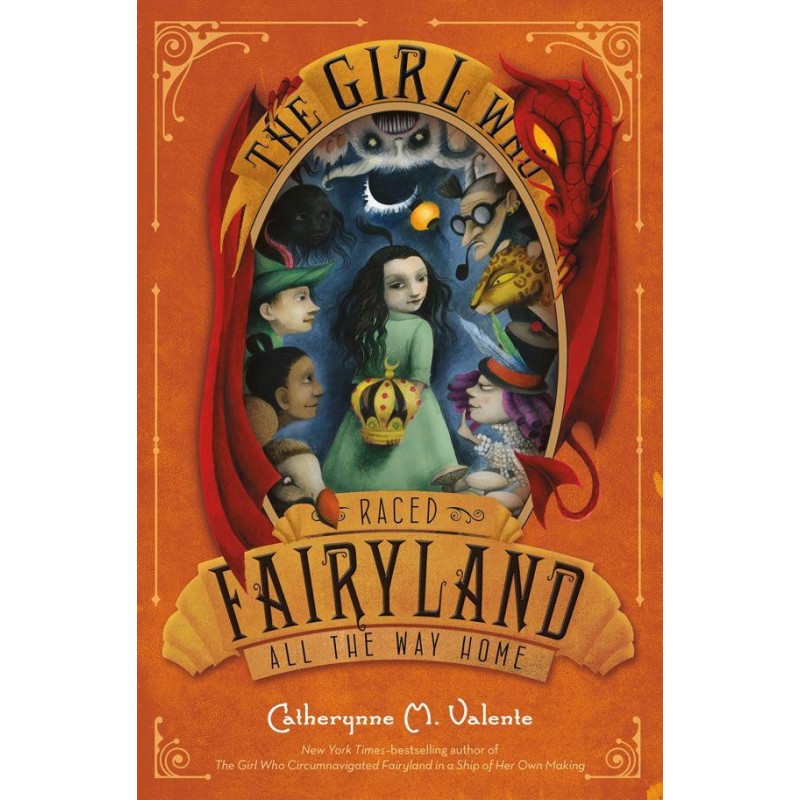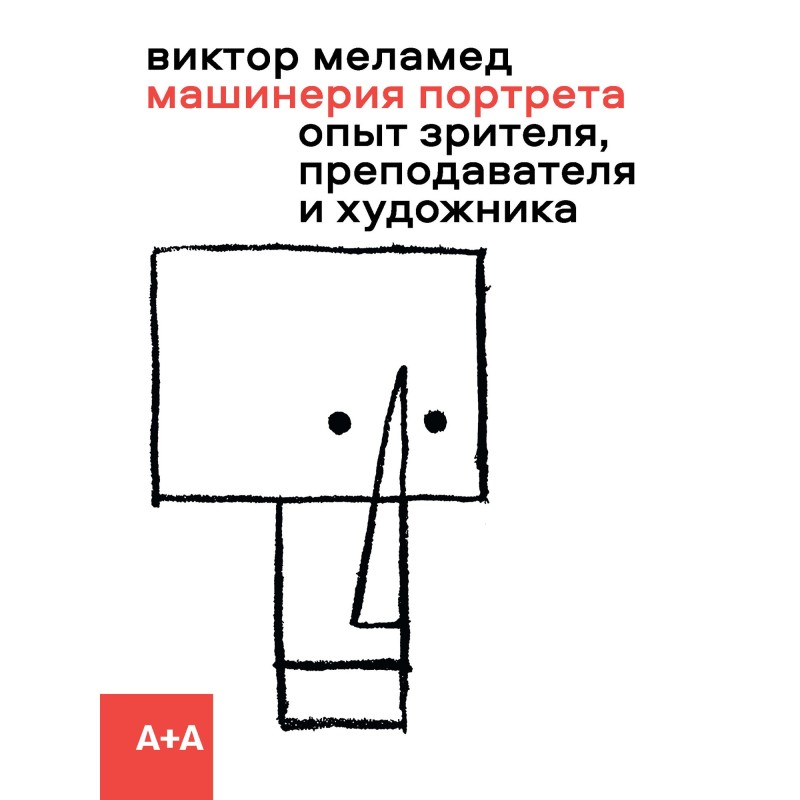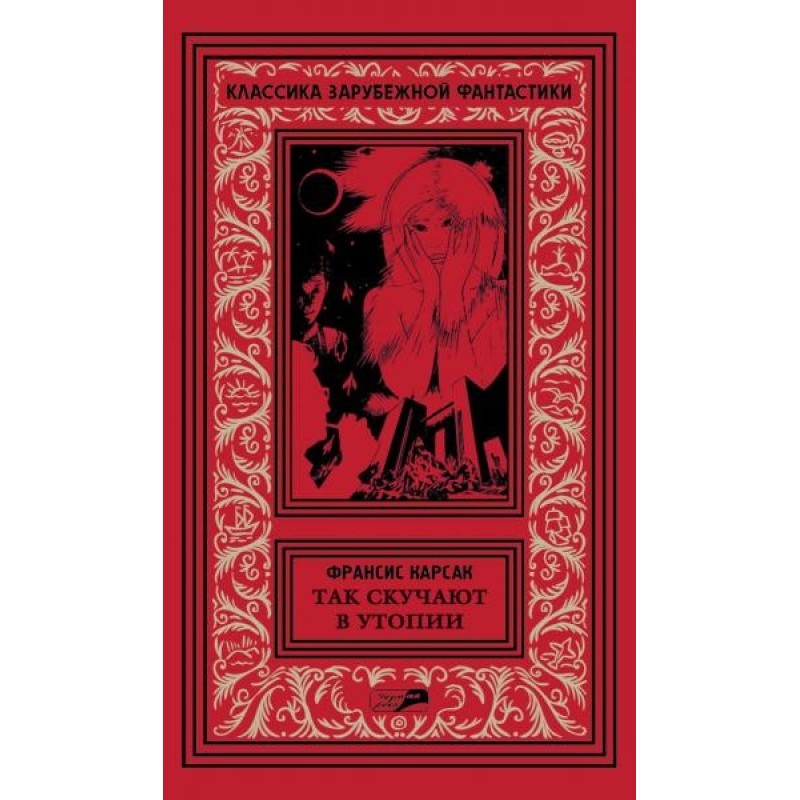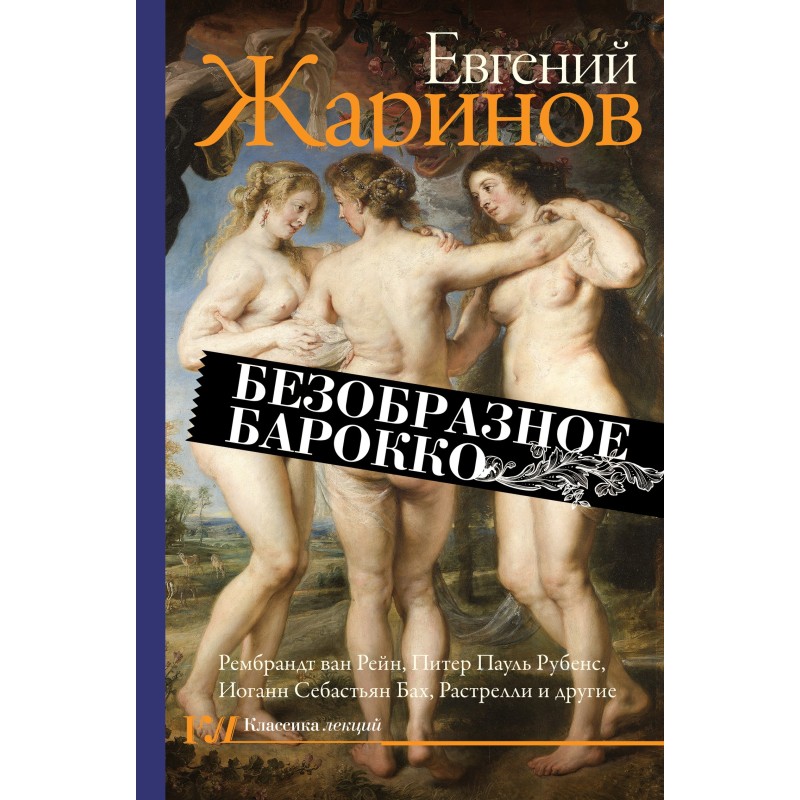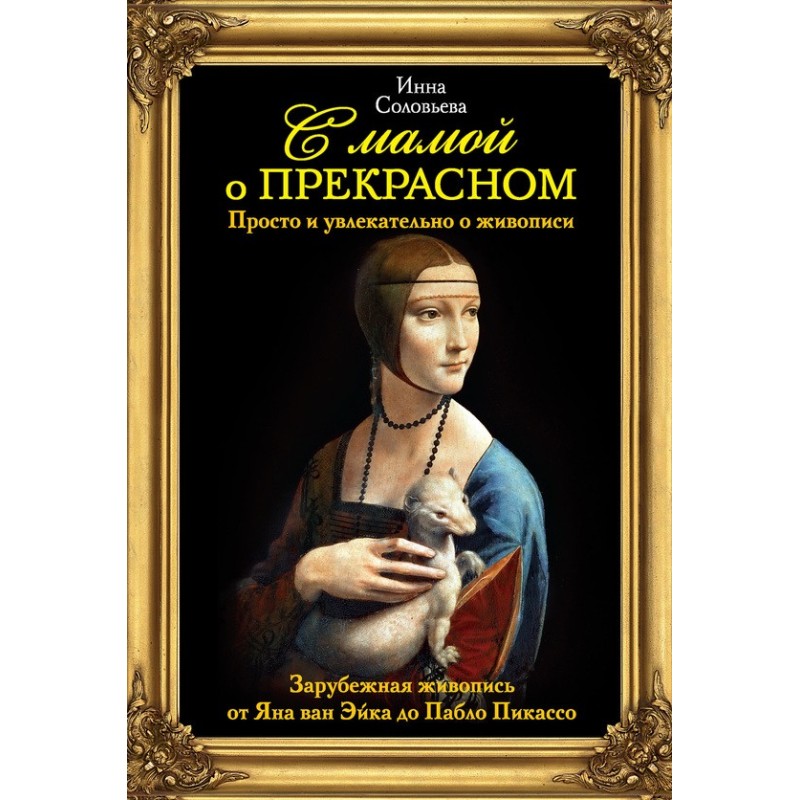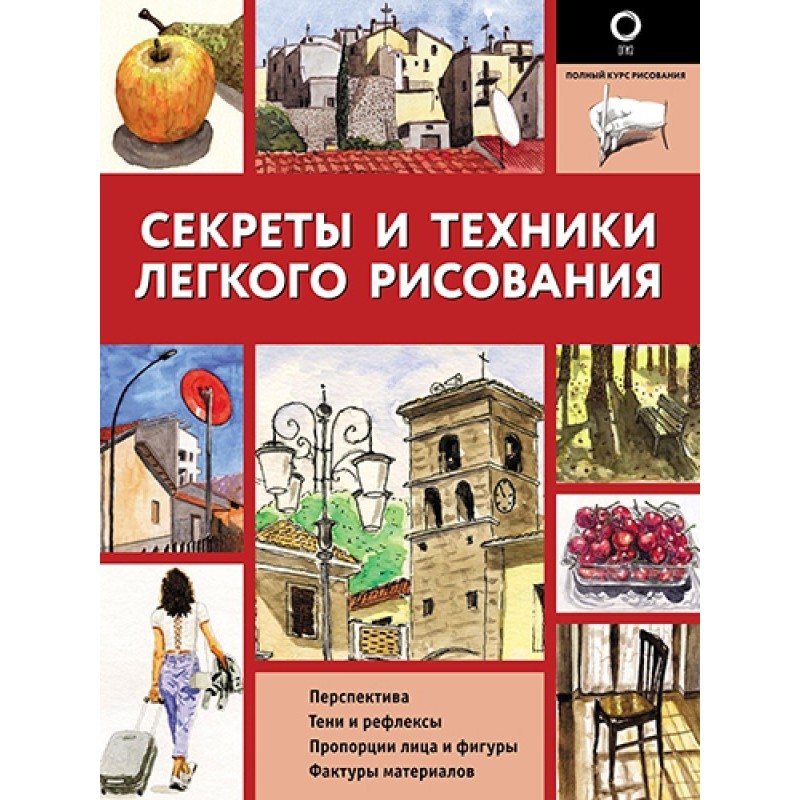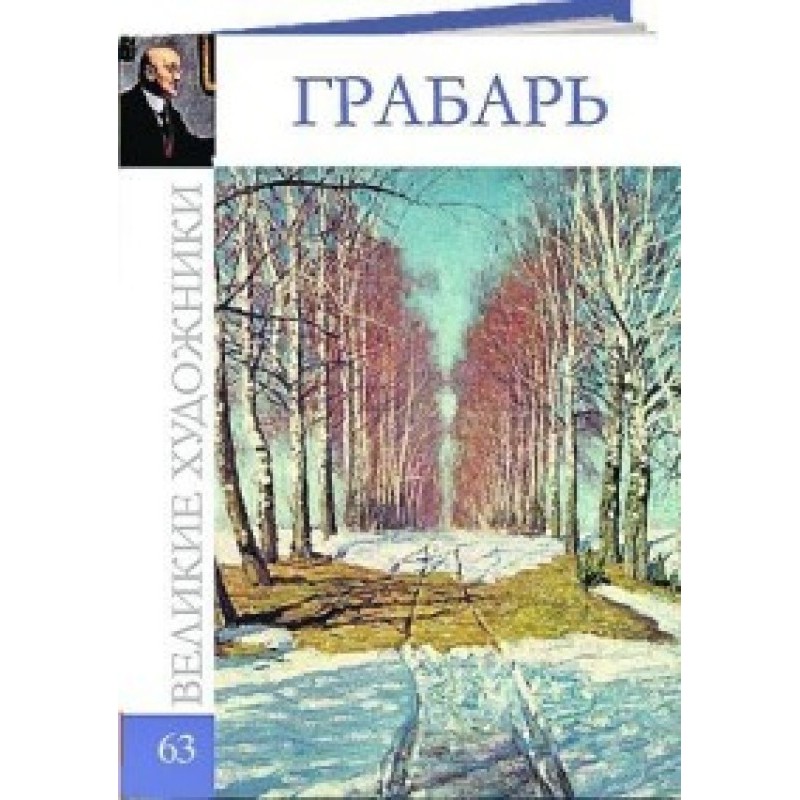Surikov
 Instant download
Instant download
after payment (24/7)
 Wide range of formats
Wide range of formats
(for all gadgets)
 Full book
Full book
(including for Apple and Android)
The Komsomolskaya Pravda publishing house has launched its new project about outstanding masters of painting - “Great Artists”. In this book series, it is planned to release 30 hardcover albums, each of which the publishers promise to include more than 50 illustrations, an “elegantly written” biography of the artist and the history of the creation of the paintings.
Vasily Ivanovich Surikov (1848-1916) is one of the best masters of Russian historical painting, combining 19th-century realism with vibrant pictorial innovation. According to art historian Alexander Benois, “Surikov’s significance... for Russian society is enormous. Only very rare artists, gifted with an almost prophetic... mystical ability, can be transported into the past, discern a past life in its dim twilight... For them, the distant past of an entire people everything is still clear, everything is still now, everything is still full of charm, meaning and drama.” Through a complex range of living emotions of observers, Surikov shows the tragedy of many historical events of ancient Rus' and the Russian national character. It is as if he moves the viewer into the midst of the crowd depicted in the picture, always consisting of individual bright characters, forcing him to experience the same feelings that the heroes experience. The artist equally skillfully conveys the spirit of the era with the help of detailed details of clothing, architecture and household items. Moreover, Surikov’s works are so reliable, as if he himself was a real witness, or even a direct participant in ancient events captured on canvas. The master created many characteristic portraits of great historical figures and many types of ordinary Russians people. In the early period of his work, Surikov showed himself as a master of landscape, and of historical and associative landscape (“View of the monument to Peter I in St. Petersburg”). The young artist’s move to Moscow and his impressions of ancient Moscow architecture were an important stimulus on the way to his first historical masterpiece - the painting “The Morning of the Streltsy Execution”. Having chosen the final episode of the last Streltsy revolt of 1698 as the plot - the execution of rebels on Red Square under the personal supervision of Peter I - Surikov shows popular opposition to the tsarist reforms from above. At the same time, the confrontation between the people and the tsar - or, on an even larger scale, the Russian Middle Ages and the early stages of Russian modern history - is revealed in the form of a monumental tragedy, and a tragedy where neither side remains winner, mutually testifying to the intractability of the conflict. Surikov consolidates his reputation as an outstanding historical painter in the paintings “Menshikov in Berezovo” and “Boyaryna Morozova”, which, along with “The Morning of the Streltsy Execution”, constitute the pinnacle of Surikov’s creativity. “The Taking of the Snow Town” is almost adequate to them. The artist’s subsequent monumental canvases (“Conquest of Siberia by Ermak”, “Suvorov’s Crossing of the Alps”, “Stepan Razin”), despite all the skill in directing multi-figure scenes, represent a certain kind of decline. In the epic scenes of Russia's colonial expansion into Siberia, Russia's anti-French campaign in the Swiss Alps, and finally, the 17th-century bandit freemen, there is no dramatic complexity that gives special plastic and psychological richness to the three great paintings by Surikov. In the process of working on large paintings, zealously selecting nature, Surikov painted a lot of wonderful portraits, landscapes, still life and interior compositions, which also have a completely valuable aesthetic meaning. Among Surikov’s later paintings, we should first of all note “The Princess’s Visit to the Nunnery” and “The Annunciation”, where he strives for a more capacious expressiveness of forms and colors. During this period, he also painted a number of his best portraits, still laconically simple in composition, dark in tone, full of internal drama (“Self-Portrait”, “Man with a Sore Arm”).
Data sheet
- Name of the Author
- Автор Неизвестен -- Искусство
- Language
- Russian
Reviews
Вражаюча книга про генія живопису!
Книга "Суріков" з серії "Великі художники" - це справжнє відкриття для всіх, хто цікавиться мистецтвом і історією. Вона не лише розкриває біографію Василя Івановича Сурікова, але й занурює читача в атмосферу його епохи, демонструючи, як художник вмів передати дух часу через свої картини. Більше 50 ілюстрацій дозволяють насолодитися його шедеврами, а детальний аналіз робіт допомагає зрозуміти, чому Суріков вважається одним із кращих майстрів російської історичної живопису. Книга також підкреслює його здатність передавати емоції та переживання персонажів, що робить його роботи настільки живими і вражаючими. Я особливо вражений тим, як автори книги вдало поєднали біографічні факти з аналізом творчості, що робить читання не лише пізнавальним, але й захоплюючим. Рекомендую цю книгу всім, хто хоче глибше зрозуміти російське мистецтво та його видатних представників!

